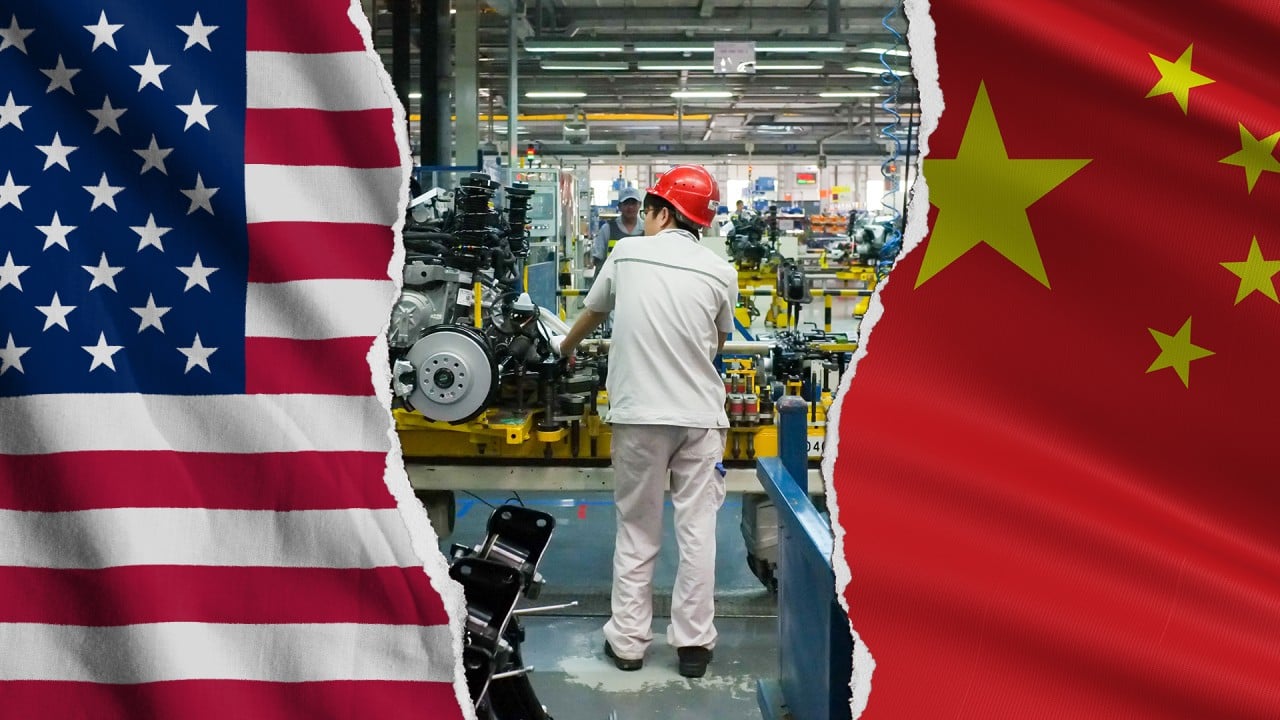The US-China tariff war has sharply focused attention on global trade, supply chains and economic interdependence, forcing people worldwide to confront the challenges of today’s interconnected economy. While the conflict has highlighted the fragility of supply chains, recent events have also ushered in positive developments, fostering a sense of hope and optimism.
Advertisement
At the beginning of the week, negotiations between the world’s two largest economies in Geneva resulted in a 90-day pause on tariff escalations, a significant 115 per cent tariff reduction and, importantly, a commitment to continue negotiations. Both countries also acknowledged that economic decoupling was neither practical nor desirable. Understandably, major stock markets reacted positively.
But the tariff war has also revealed the fragility of the global trading system, highlighting the significant costs associated with disrupting intricate supply chains. Ultimately, these disruptions drive up living costs, placing the financial burden squarely on consumers rather than foreign governments.
Consider a product like the iPhone, which relies on a global manufacturing network. Key components are sourced from various countries, illustrating an international division of labour that leverages specialised skills, advanced infrastructure and robust industrial ecosystems. This system has evolved over decades to achieve efficiencies and expertise that are difficult and often prohibitively expensive to replicate.
Developed economies have depended on global supply chains for decades, outsourcing production to developing countries to keep goods affordable and sustain middle-class lifestyles. This strategy has driven industrial growth, particularly in Asia and Latin America. The trade war has revealed the costs and complexities of dismantling these tightly interwoven networks, showing how challenging the “reshoring” of manufacturing is.
Advertisement
Despite tariffs, sourcing and manufacturing across multiple countries remain significantly more cost-effective than producing them domestically in the United States, where critical supply chains have eroded. Restoring these networks will require much investment in infrastructure, technology, training and education, which will take years to yield tangible results. Closing the gap between outsourced manufacturing and domestic production presents substantial economic and structural challenges.


